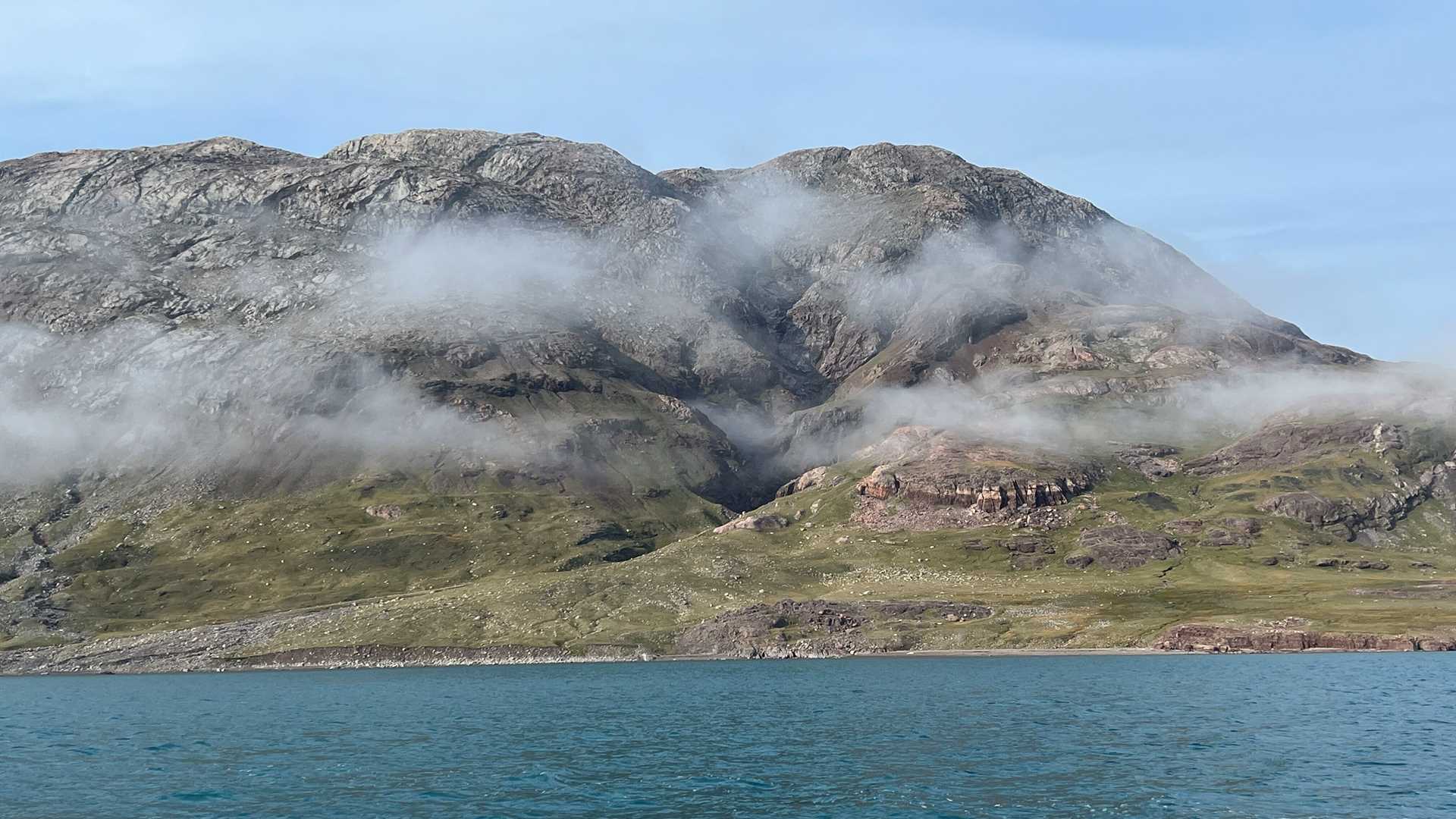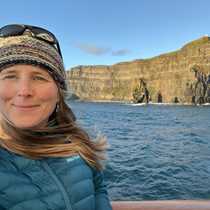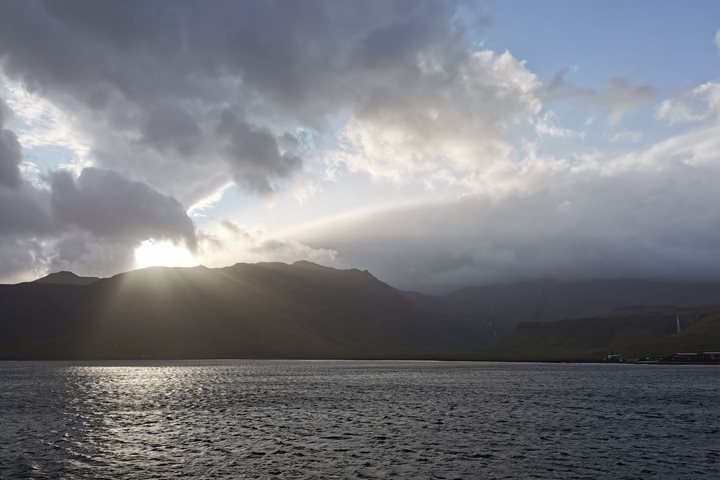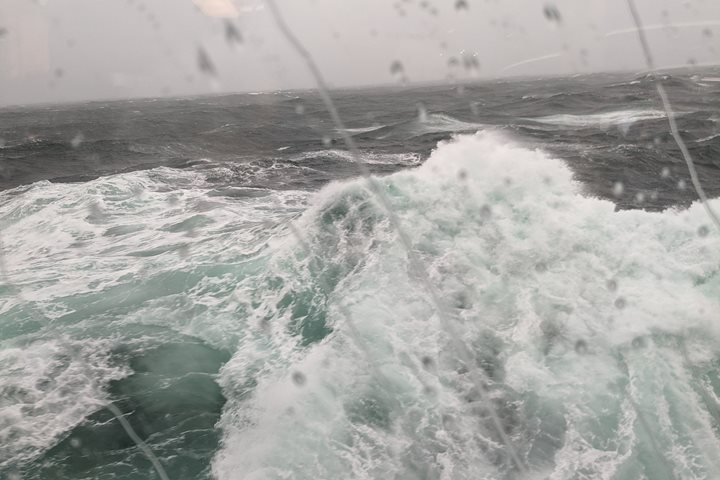Our morning started in transition between sun and fog. Our sunny start was stolen from us as we entered the foggy end of the fjord... before it finally burned off to reveal the beautiful surroundings of Igaliku. It was a speedy Zodiac ride ashore to the settlement of Igaliku, which surrounds the ruins of Garðar. A UNESCO World Heritage Site, Garðar was the religious center of Norse Greenland in the 12th century. As the heart of Norse Greenland’s Eastern Settlement, the site has been of archeological interest since at least the 1830s.
While the ship was repositioning to our afternoon anchorage, visiting scientists Branwen Williams and Meghana Ranganathan told us about the research that they are planning to conduct during this voyage. They aim to use crustose coralline algae (collected by our marine team) to inform the understanding of climate change and the Greenland Ice Sheet. The algae holds a signature of climate past, similar to tree rings and glacial layers, and will help us better understand the glacial history of these regions. To date, samples have not been collected from the area that we are sailing in.
For the afternoon we anchored off of Qaqortoq, the largest town in southern Greenland. Some guests opted for an excursion to the well-preserved ruins of Hvalsey Church and centralized farm (fifteen ruins in total) at Qaqortukulooq. Others took advantage of the extended time to explore the town, including the open-air “Stone and Man” art exhibit conceived by Aka Høegh, tasting of local delicacies provided by our hosts, and views of the many colorful buildings that towns in Greenland are well known for.







